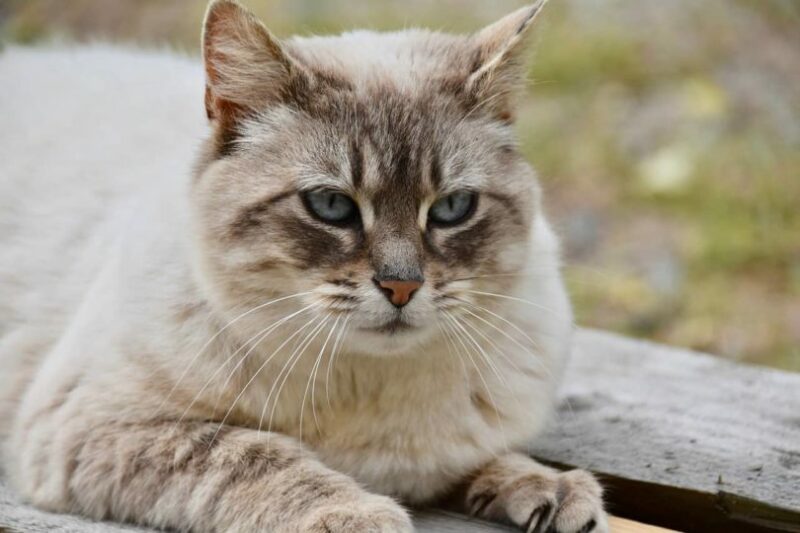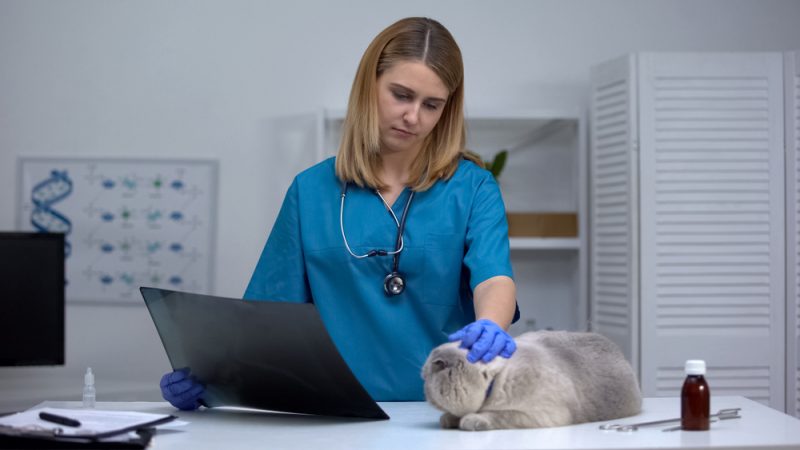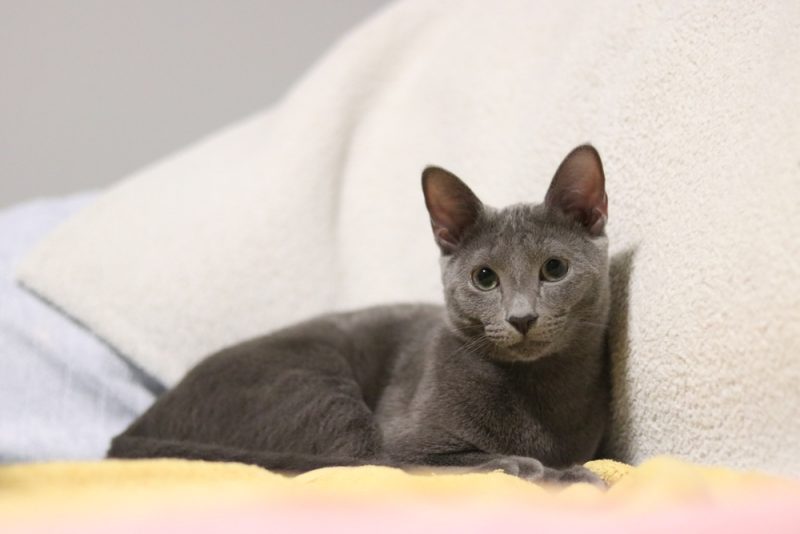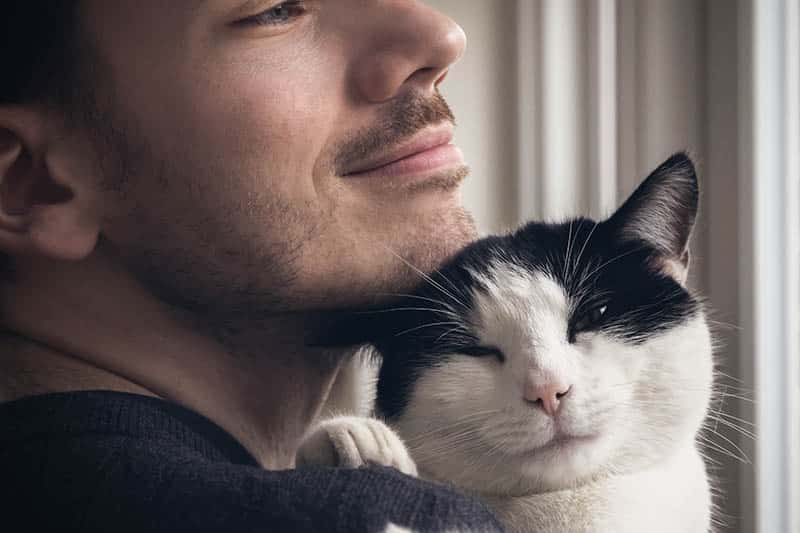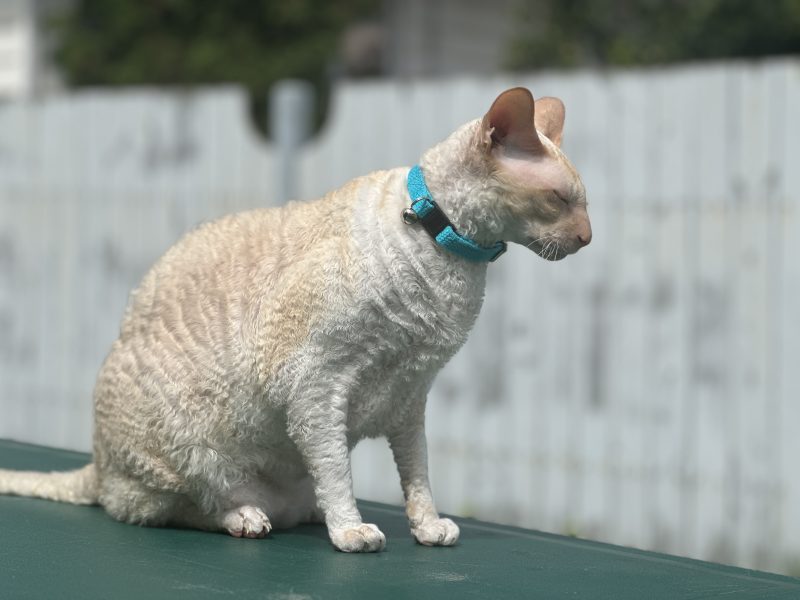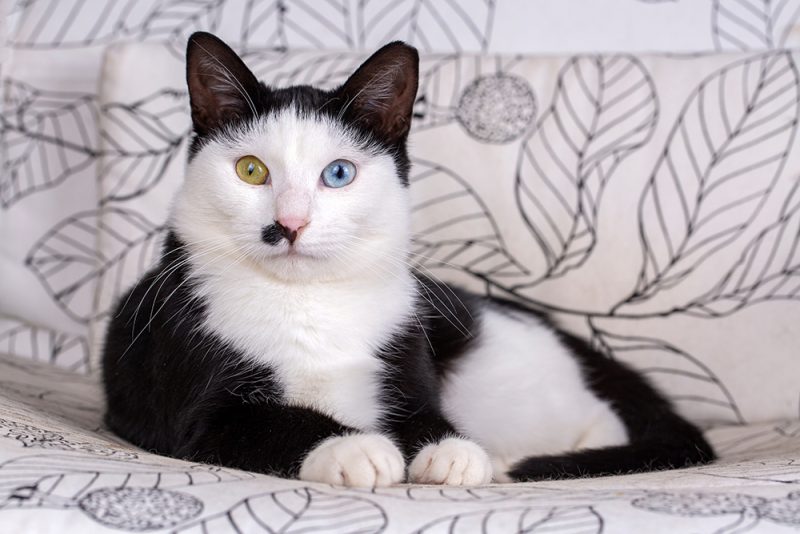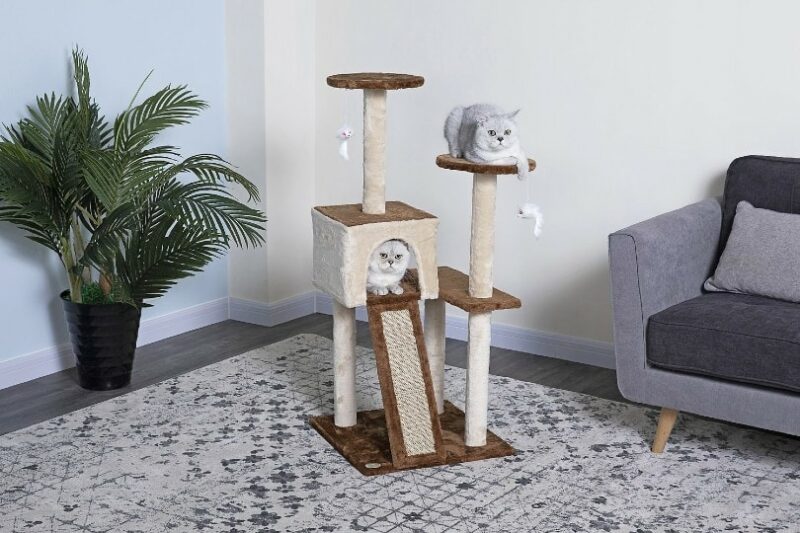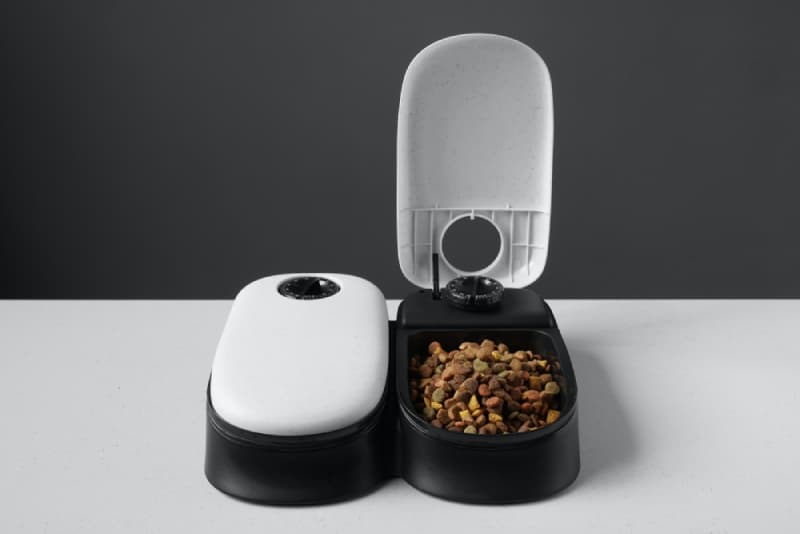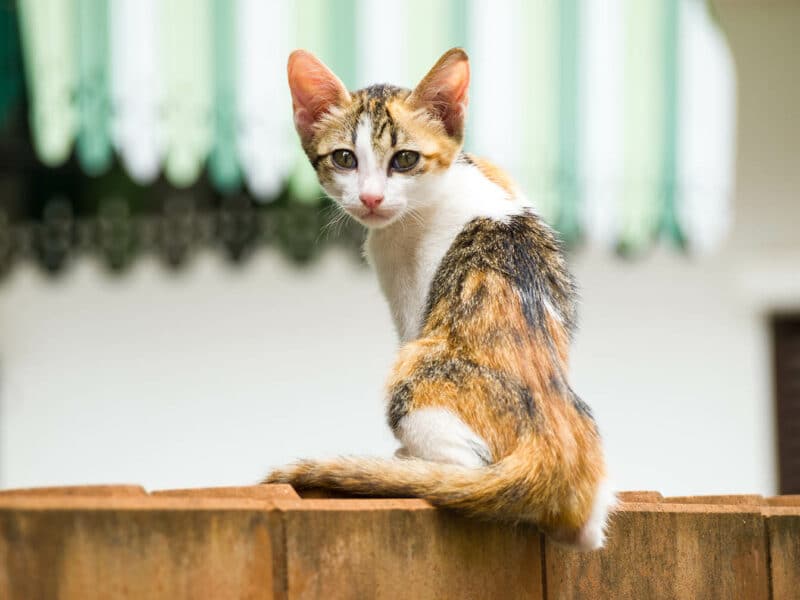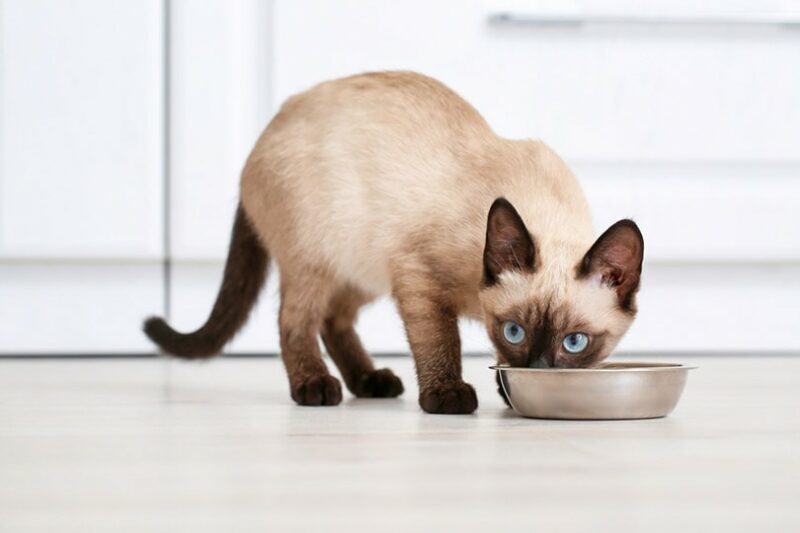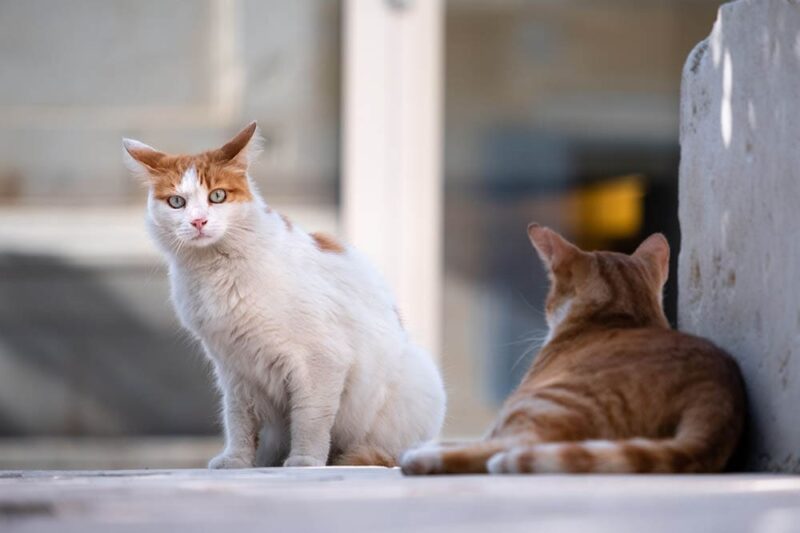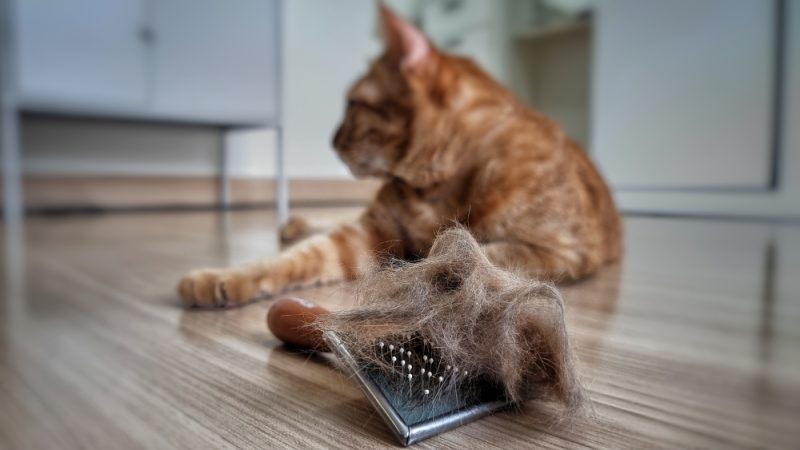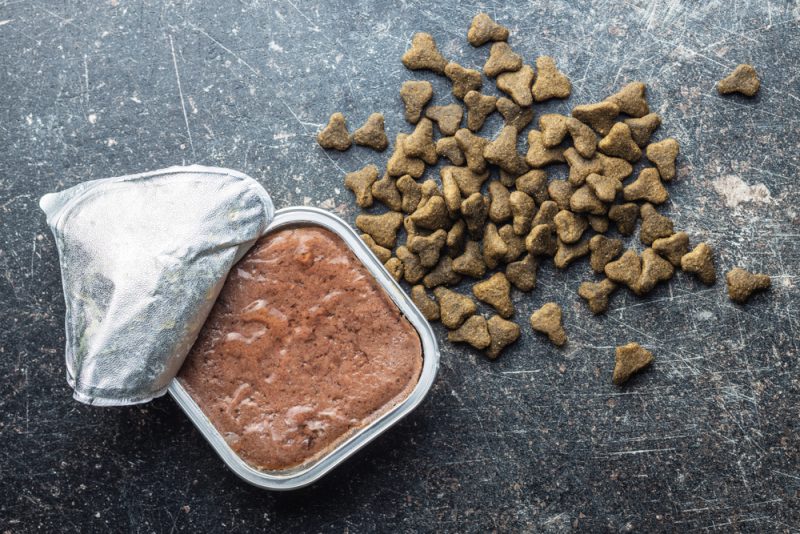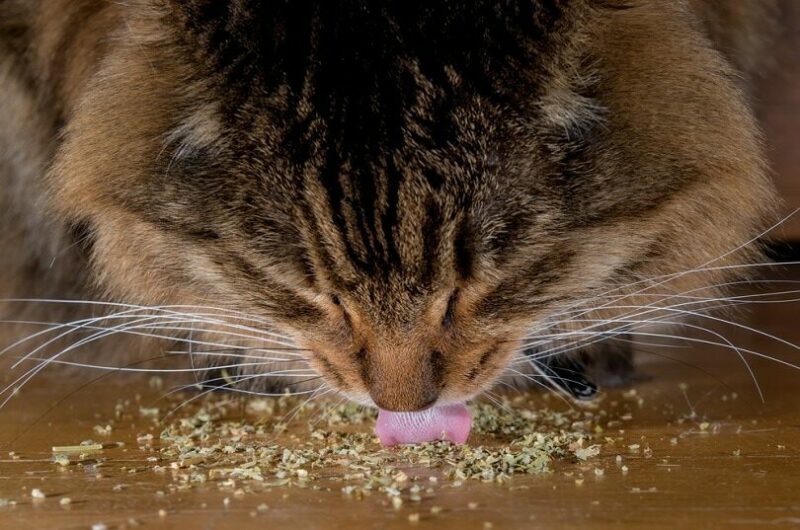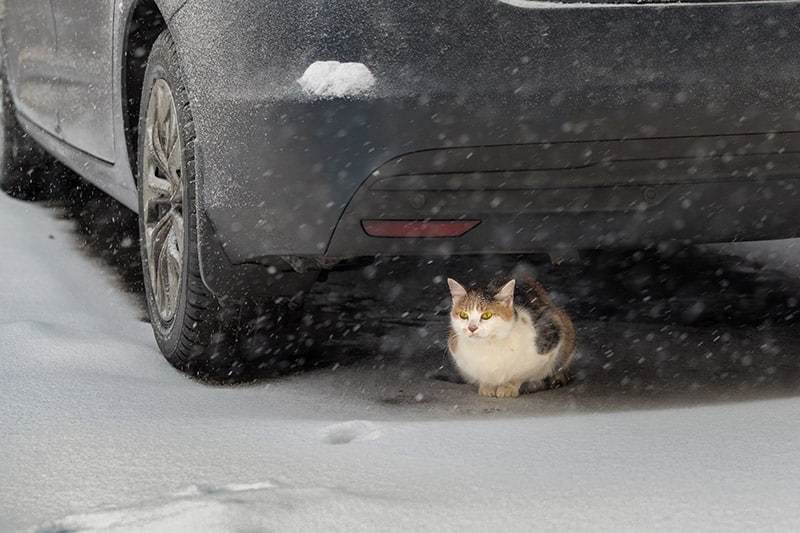In this article
It’s that dreaded time again. Your female cat is showing the signs that she’s going into heat, and you’re wondering how long it will last. During her estrous cycle, a female cat is receptive towards males for a period of anywhere from 3–7 days (with 6–7 days being the average length of time). However, the entire estrous cycle could last up to three weeks, so we’ll go into how the heat cycle works and what you can expect during this time.
It can be a challenging time for cat owners and for your cat, so understanding what your cat is going through is essential, particularly if you’re unsure if you want to have your cat spayed.
The 5 Stages of a Cat in Heat
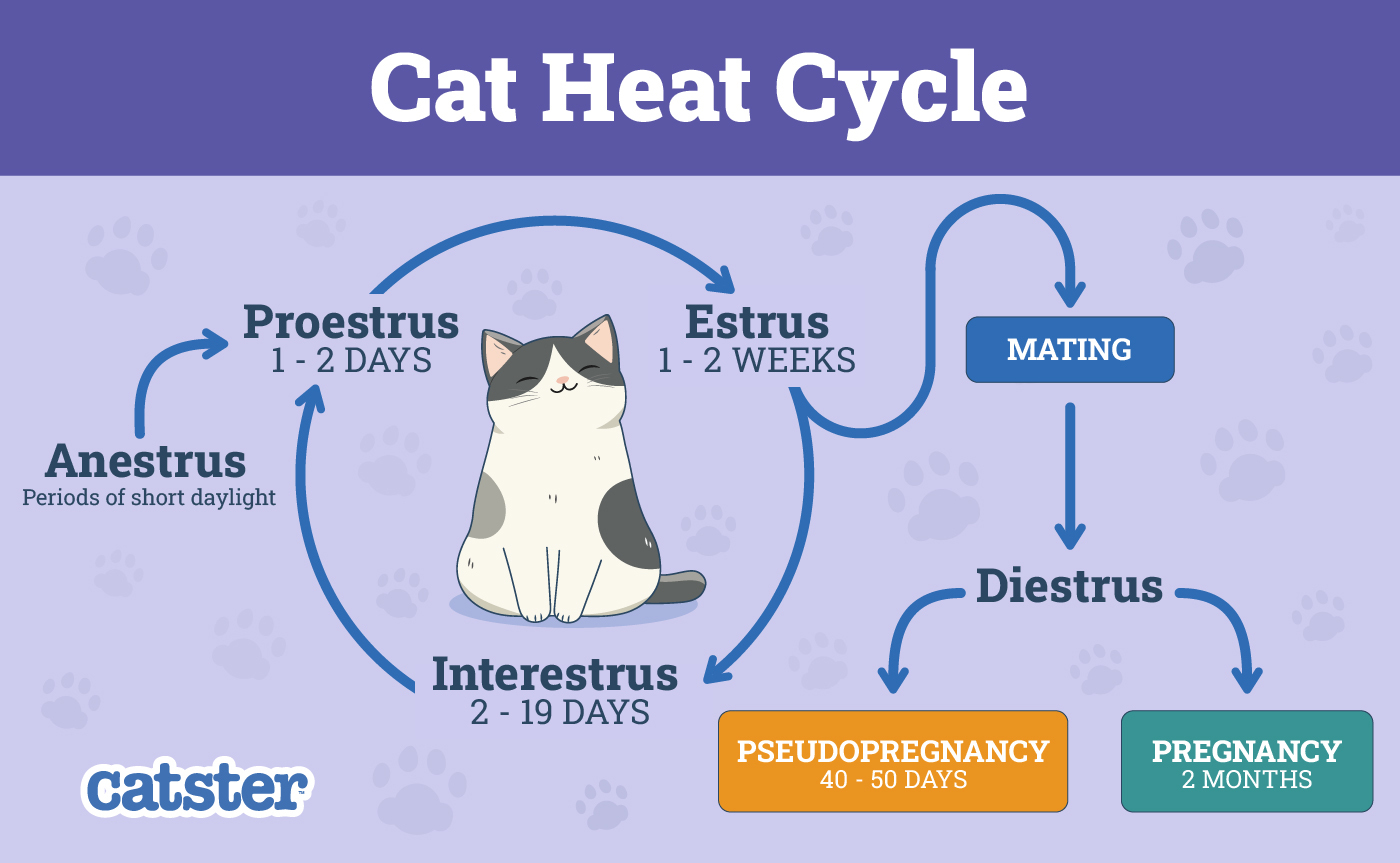
There are five stages of a cat’s heat (also known as estrus) cycle, so we’ll go over these to better understand the entire process. This should give you a much better understanding of what your cat goes through once she starts to go into heat.
1. Proestrus
This is the first cycle, which can last about 2 days. During this time, the female starts to attract unneutered male cats, but she isn’t ready for mating. The female doesn’t typically show any signs or demonstrate any changes in behavior during proestrus.
2. Estrus (in heat)
Estrus is the cycle that probably brought you to this article, as this is where the behavior is at its most obvious. The estrus cycle can last anywhere from 2 to 19 days but generally averages about 6 or 7 days. The female cat is now receptive to unneutered males and can become pregnant at this stage. Mating may shorten its duration; however, this isn’t a guarantee. Therefore, a cat that has mated during estrous may continue mating with other males as well.
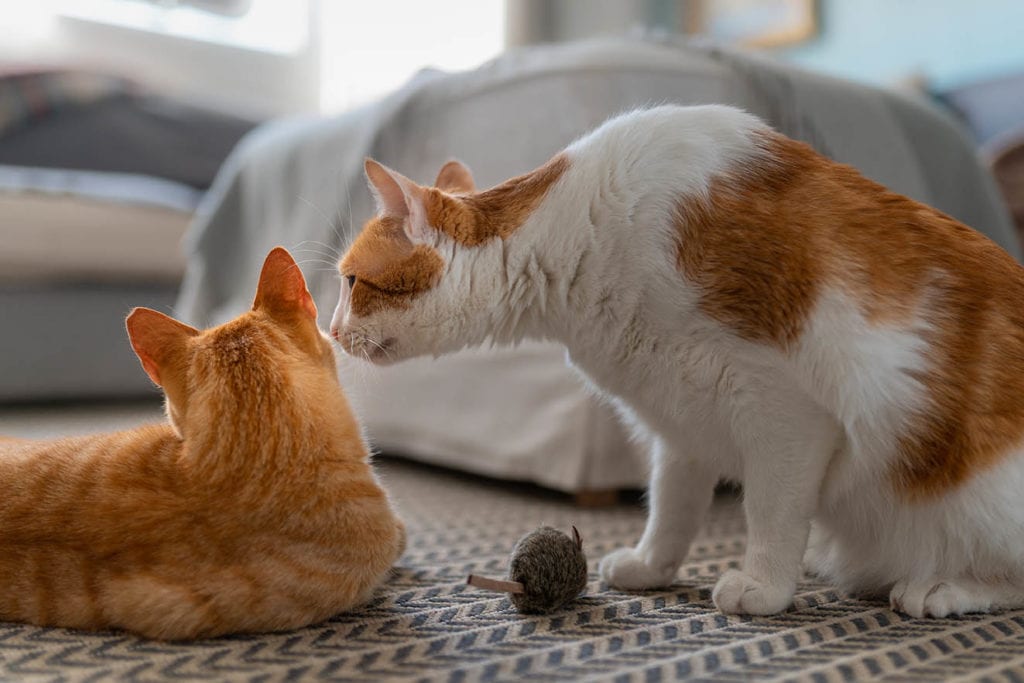
3. Interestrus
This stage occurs when the female cat has not ovulated, which only results when the male mates with the female. So, if the female doesn’t mate and isn’t impregnated while in the estrus cycle, she will enter into interestrus.
This cycle can last 13 to 18 days until proestrus begins the cycle again. The female cat won’t show any behavioral changes during the interestrus phase.
4. Diestrus
This particular cycle only occurs when the female cat has ovulated, which is when she has mated with an unneutered male. If she is pregnant, it lasts about 65 days. In some instances, she doesn’t become pregnant but still has a relatively long diestrus period, which can last about 40 days. This is often associated with a phenomenon known as pseudopregnancy, where a cat displays all the signs of pregnancy without actually being pregnant.
5. Anestrus
When the female cat is not in heat, she is in anestrus. This cycle usually occurs in the late fall and through winter, which is when the fertility cycle decreases because of the longer days.
In stray and feral cats, anestrus is quite prevalent, but because indoor cats live in an environment with artificial lights, they are more prone to going through the heat cycle all year.
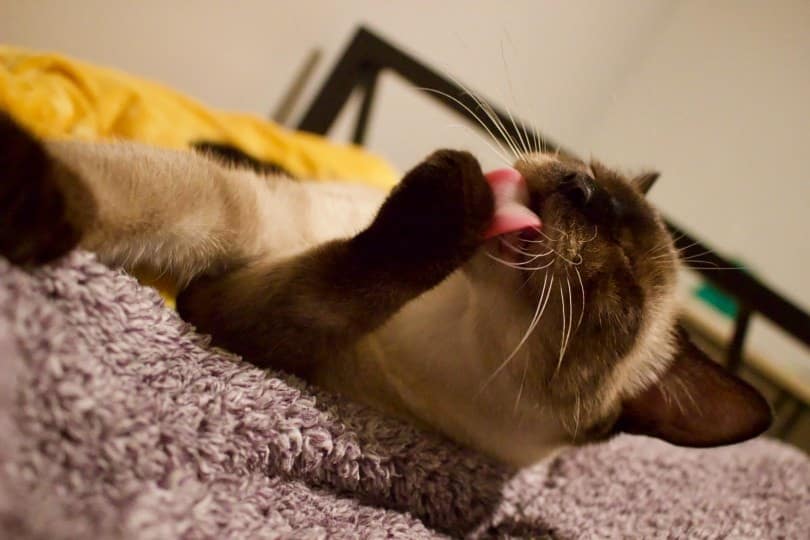

How Often Do Heat Cycles Occur?
Female cats will have multiple cycles throughout the breeding season, which will differ depending on where they are geographically located, the temperature, and how many daylight hours there are.
For those countries north of the Equator, when there are typically 14 to 16 hours of daylight, cats will regularly go into heat, usually from about the middle of January to the middle of October.
During this time, as long as a cat does not become pregnant, she can go into heat at least every 2 to 3 weeks. She will continue going through the heat cycles as long as she doesn’t mate or until she is spayed.
At What Age Do Cats Go Into Heat?
Most cats can start their first heat cycle as early as 4 months of age, but the average age tends to be somewhere around 5–9 months.
If you’re considering having your female kitten spayed, the standard age to spay a cat is about 4–6 months old, as this is when it’s safest for the cat.
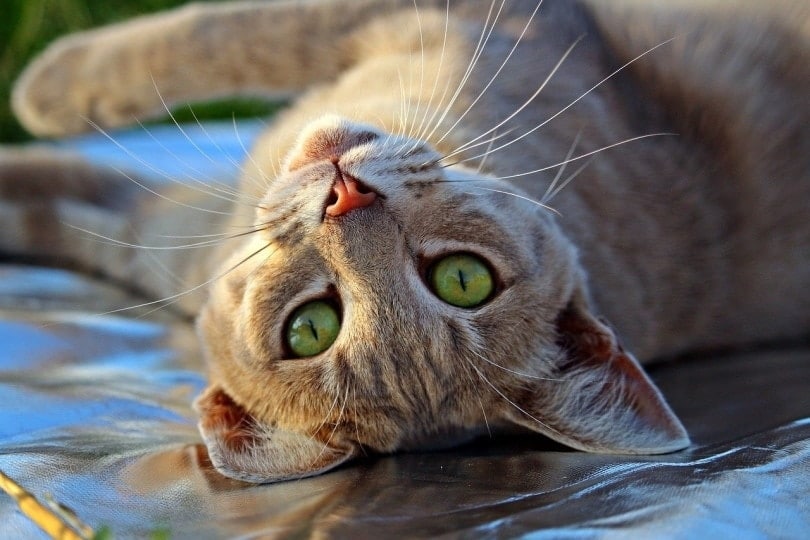
How Do Cats Behave When in Heat?
Female cats have quite obvious outward signs when they are in heat. Some of the behavioral conditions may include:
- Excessive grooming: If your cat spends an inordinate amount of time grooming herself, particularly in her genital area, she might be in heat. If her grooming habit becomes excessive, but she doesn’t have any other symptoms of being in heat, you should take her to see the vet, as this could also be a sign of a urinary tract disorder.
- Overly affectionate: Perhaps your cat is already very affectionate, but if she displays more than the usual amount of neediness, she might be in heat. You might notice your cat rubbing herself on everything within reach and looking for almost constant attention.
- Lack of appetite: You might notice your cat losing interest in mealtime as her instincts have turned towards reproduction rather than eating. This behavior, however, should only last about 2 weeks, so do see your vet if her lack of appetite goes on longer than this.
- Physical signs of mating readiness: Your cat will occasionally lift her hind end and tail and assume the mating position – the head is down with the forelegs bent, and the rear end is up with her tail raised and held to the side. It will also include keeping her back legs in place. She will do a lot of vocalizing and rolling around.
- Escape attempts: Your cat’s instincts will drive her to get outside, where all of the unneutered males will be happy to accommodate her. If your cat is an outdoor cat and you don’t want her pregnant, you’ll need to keep her indoors. If she is an indoor cat, you will need to keep a sharp eye on her as she will try to get out every chance she gets.
- Marking behavior: Some female cats might resort to spraying surfaces with urine. She’ll back up to a wall or other item, raise her tail, which will look like it’s vibrating, she might tread her back legs, and then spray. The urine is full of hormones and pheromones, which are designed to draw unneutered male cats to her.
Not every cat will exhibit all of these signs, and they will vary from cat to cat. These are all perfectly normal for a female cat but can be rather frustrating for the cat owner.
Reasons for Preventing Feline Pregnancy
The female cat can give birth to as many as 5 litters every year, and each litter averages four to five kittens (it can also be anywhere from one to twelve kittens). This means your unspayed cat can have an average of 20 kittens every year, which will add to the problem of the overpopulation of cats, particularly if you end up taking them to an animal shelter or humane society.
And she will be in almost constant heat, which is actually highly stressful for her unless you own a cat with a pedigree and are a responsible breeder.
Cats that go through a heat cycle continuously will potentially lose weight, overgroom, and tend to acquire behavioral issues. Notwithstanding driving you a little crazier each time a heat cycle arrives.
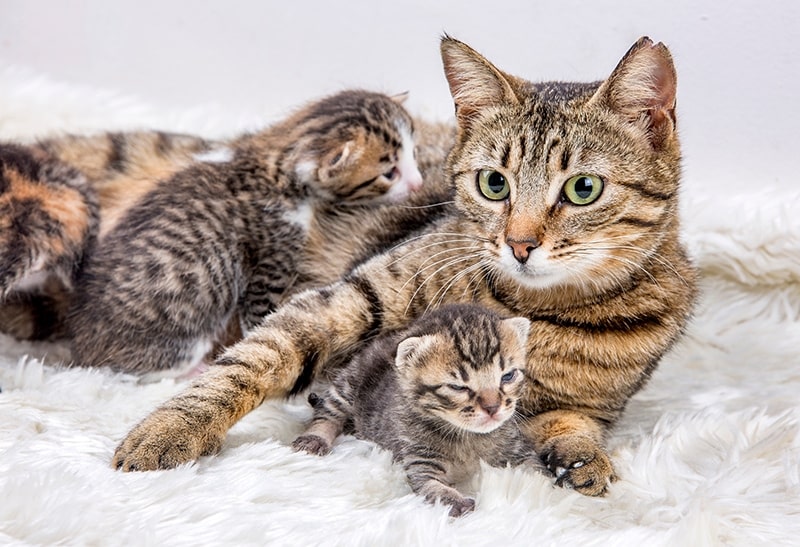

Conclusion
So, while the actual heat cycle in which your cat will be, shall we say, frisky, doesn’t last too long, it will happen frequently enough that you will probably want to get your cat spayed. You certainly don’t want her to be uncomfortable and stressed, and this whole thing will probably make you pretty uncomfortable and stressed. Having your cat spayed before she even has her first estrous cycle is your best bet and will be worth saving your cat a certain amount of distress and your sanity.
See Also:
Featured Image Credit: Pixabay
